Most beautiful attractions of Beijing
Beijing has a lot to offer. It's no surprise that it's one of the most visited cities in China, and probably the world! In this post, we'll be covering all of Beijing's most famous attractions: The Forbidden City, Tiananmen Square, Temple of Heaven, Badaling Great Wall and more! While being in Beijing you can visit all of the attractions with the help of a local guide in Beijing or on your own by hiring a car in Beijing and exploring the city around. So let's get started!
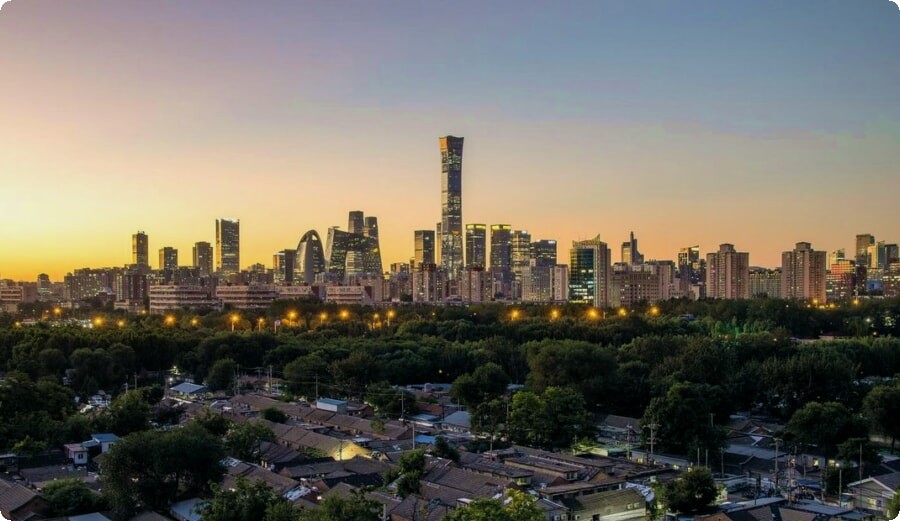
The Forbidden City
The Forbidden City is the largest palace complex in the world. It was built in 1420 by Emperor Yongle of the Ming Dynasty and served as the home of 24 emperors from the Ming and Qing dynasties. The complex covers over 658 acres (2 square km), which makes it larger than Vatican City!

It's hard to believe that such an enormous structure could be hidden behind walls for so long, but it was only opened to tourists in 1953 after being closed for 500 years by Chairman Mao Zedong. Today, you can visit this UNESCO World Heritage Site with ease thanks to its convenient location near Tiananmen Square and Beijing Railway Station--just remember not to take photos inside!
Tiananmen Square
Tiananmen Square is one of the most famous attractions in Beijing. It's located at the center of Beijing, and has been a popular gathering place for centuries.
The square was originally built during the Ming Dynasty (1368–1644), but it wasn't until 1651 that it became known as Tiananmen, meaning "gateway to heaven." Today, Tiananmen continues to be an important part of Chinese history and culture—it's where many important events like parades take place!
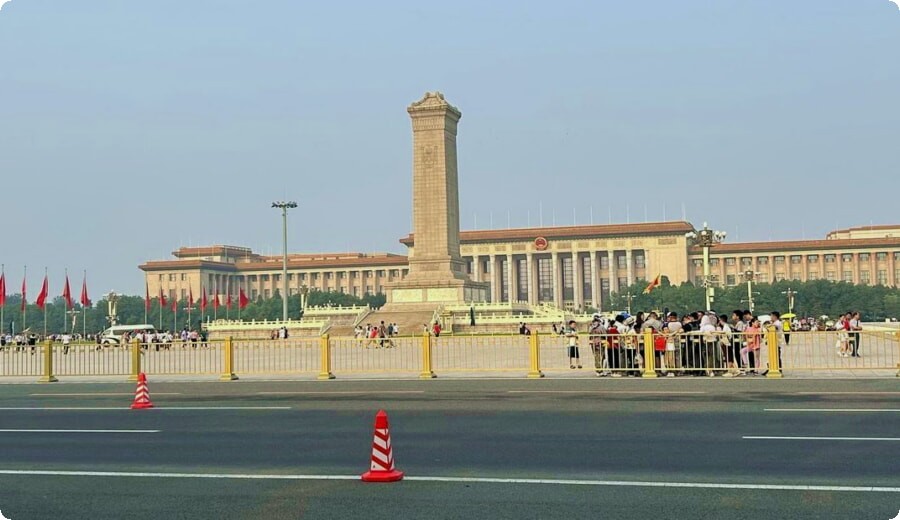
If you visit Tiananmen Square while you're in Beijing, there are several things worth seeing:
- The Monument to People's Heroes: This memorial honors those who fought against foreign invaders during China's wars of resistance against Japan (1937–45) and France/Vietnam War (1950). You can see their names engraved on its walls along with some statues honoring them as well!
- Chairman Mao Zedong Memorial Hall: This museum displays various items related to Chairman Mao Zedong who led China during its communist revolution between 1949 until 1976 when he died unexpectedly due to illness at age 82 years old; including stamps featuring him printed between 1950 through 1980 which were used throughout China during this period since paper currency wasn't available yet because all trade had been halted due so much destruction caused by World War II only three years earlier.
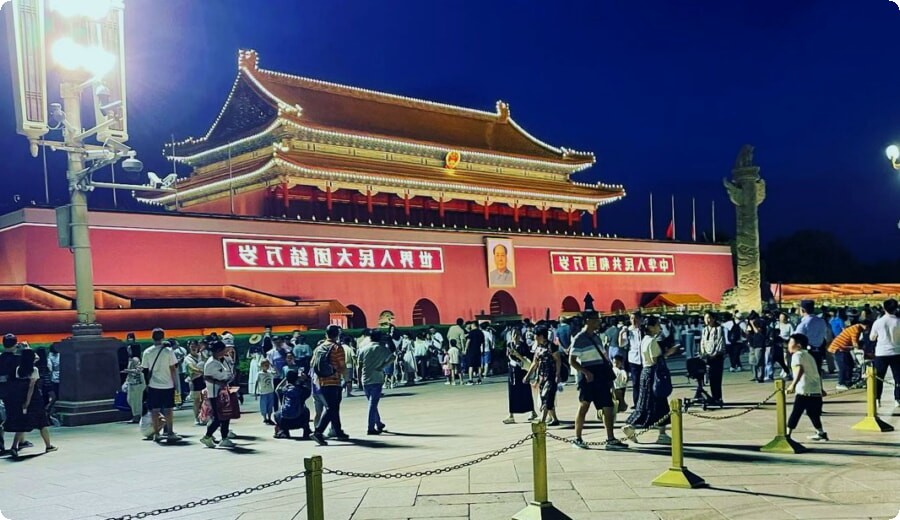
Temple of Heaven
The Temple of Heaven is a UNESCO World Heritage Site and one of the most beautiful attractions in Beijing. It was built in 1420, and it was used for religious ceremonies by emperors from the Ming dynasty (1368-1644).
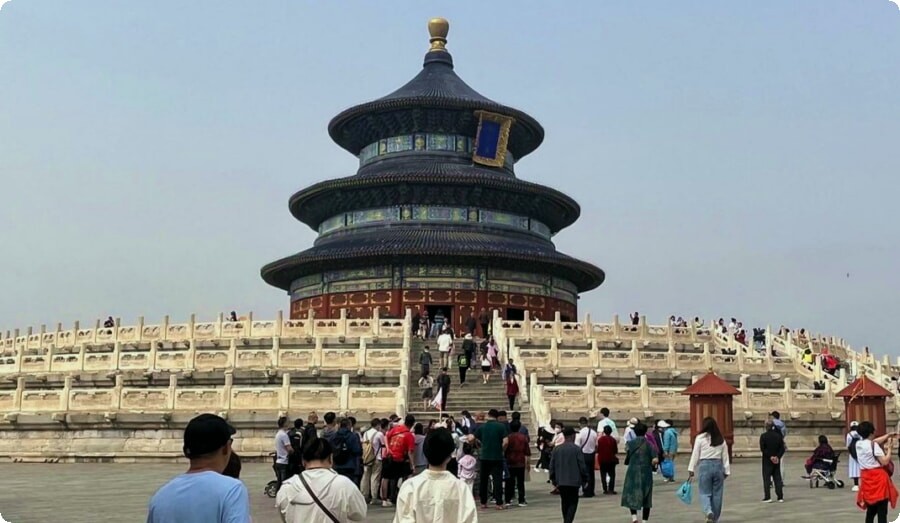
The temple is located in central Beijing, next to Tiananmen Square. There's also a large park around the temple where you can spend time exploring its many historical buildings, including some that date back more than 1,000 years!
Badaling Great Wall
The Badaling Great Wall is one of the most famous sections of the Great Wall of China. It's located in Yanqing County, 70km north of Beijing City and it's surrounded by mountains on three sides. The Badaling Great Wall was built during the Ming Dynasty (1368-1644) as a military fortification system to protect against attacks from northern nomadic tribes such as Mongolians or Manchus.
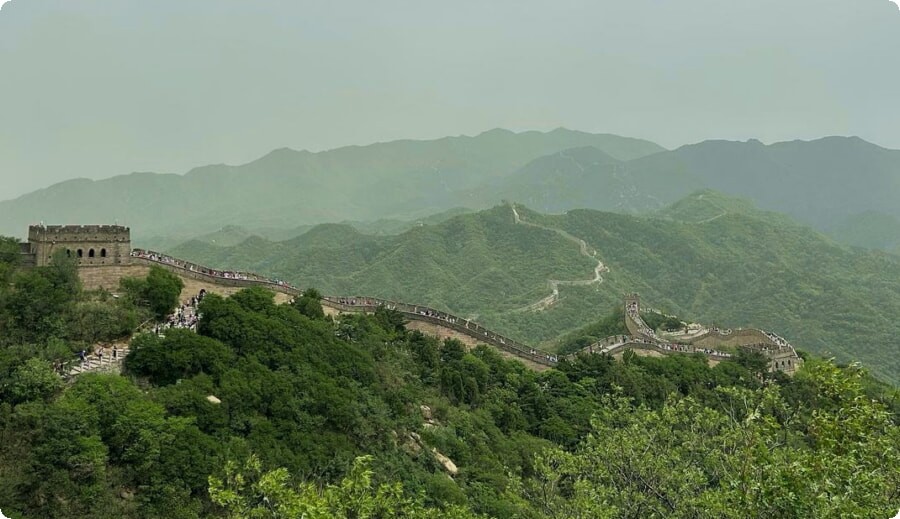
The Badaling section has been restored many times since it was first built over 700 years ago but its current appearance closely resembles its original state because it hasn't been renovated for many years now so visitors can get an idea about how people lived during ancient times when they visited this place.
Ming Tombs
The Ming Tombs are located in Changping County, about 40 kilometers (25 miles) northwest of Beijing. The complex consists of 13 tombs built for the 13 emperors who ruled China during the Ming Dynasty (1368-1644). The most famous and best preserved is Emperor Yongle's tomb, which is also known as the "Tomb of Benevolence and Longevity."
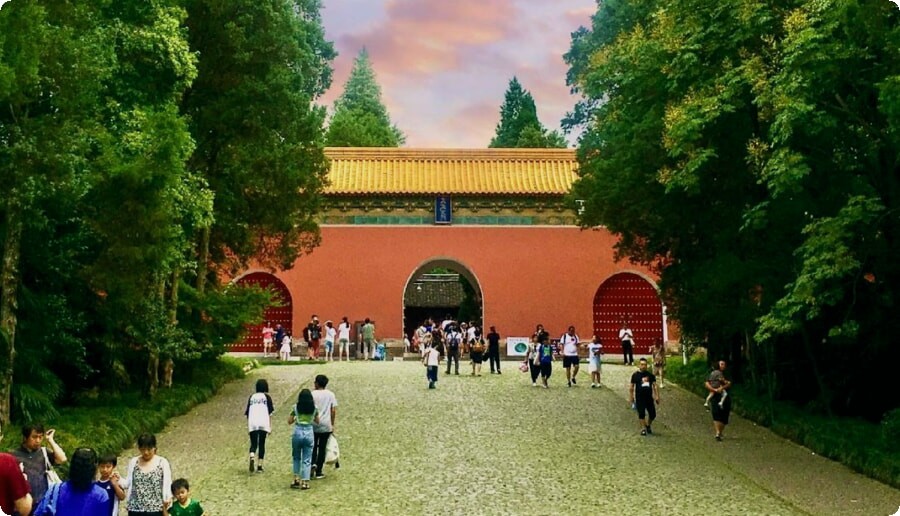
The Ming Tombs are considered one of China's top tourist attractions because they offer visitors a glimpse into this ancient empire's history while providing stunning natural scenery at its doorstep.
The Summer Palace
The Summer Palace is a UNESCO World Heritage Site and an imperial garden in the north of Beijing, China. It was built for the Qing dynasty emperors between 1750 and 1850.
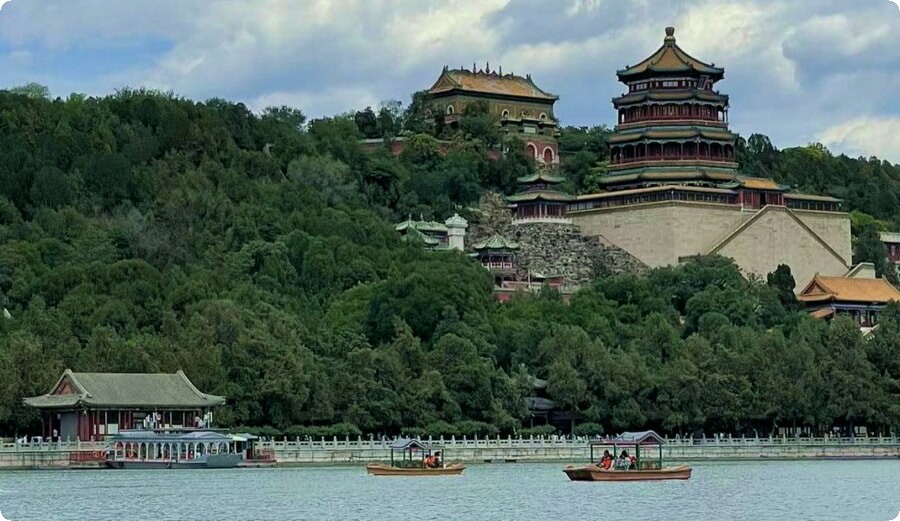
The Summer Palace served as a summer retreat for emperors and their families to escape from the hustle-bustle of city life during hot summer months when Beijing's climate would otherwise be stiflingly hot. The gardens are renowned for their unique architecture, artworks, lakes and natural scenery; they feature numerous halls such as those dedicated to various branches of learning like calligraphy or astronomy; there is also an extensive collection of rare plants from across China including many different species that have been carefully cultivated here over hundreds if not thousands of years (such as gingko trees).
Jingshan Park
Jingshan Park is a large park in the center of Beijing, China. The park is named after the jingshan or 'Prospect Hill' to the north of the Forbidden City. It is located in the Dongcheng District of Beijing and contains many pavilions, temples and gardens.
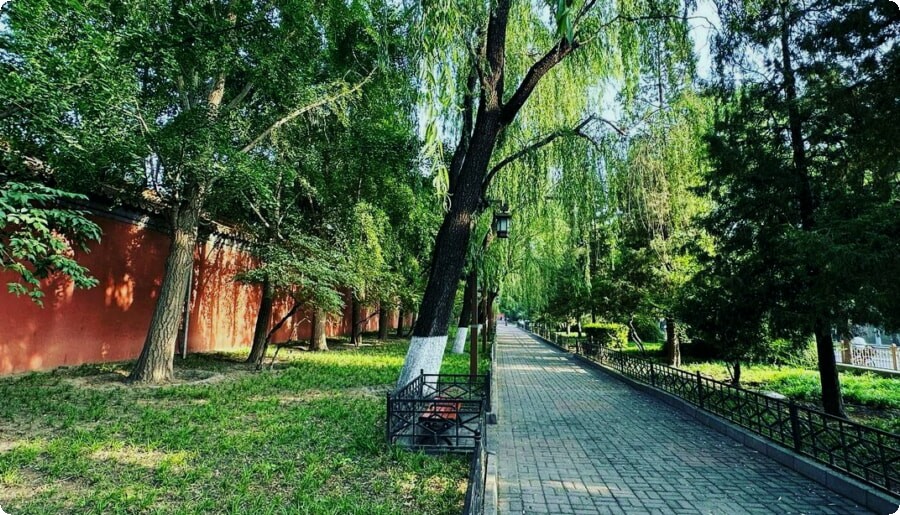
In Chinese mythology Jingshan refers to a mountain where immortals live; however its literal meaning is "prospect hill". The name was applied by Emperor Yongzheng (1723-1735) who built his palace on top of this mountain when he moved his residence from Jehol province back to Beijing.
Beijing is a must-visit city in China
Beijing is the capital of China, and it's one of the must-visit cities in China. The city has many tourist attractions, including Tiananmen Square and the Forbidden City. It also has a rich history that dates back over 3,000 years.
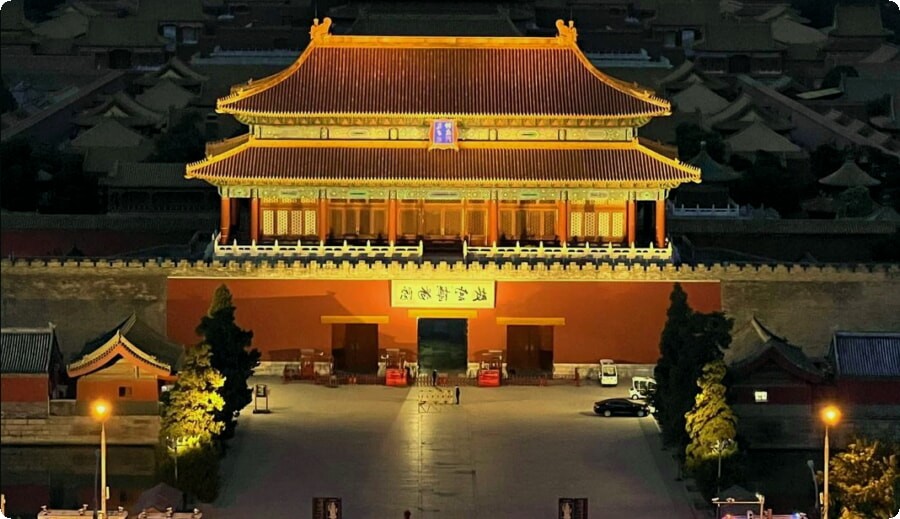
The culture of Beijing is unique because it combines elements from both traditional Chinese culture and modern Western cultures. For example, you can find many traditional Chinese architectural styles such as pagodas and courtyards in some buildings while others have modern designs with glass windows or high ceilings that allow more light into them than would otherwise be possible with traditional architecture (elevators). The skyline includes skyscrapers like those found in most major cities around the world today but also retains some older structures like temples built during ancient times when there were no tall buildings yet constructed anywhere else on Earth!
Beijing is a must-visit city in China. It has so much to offer, from beautiful temples and gardens to amazing palaces and monuments. There are also many places to visit outside the city center, such as Badaling Great Wall or Forbidden City.